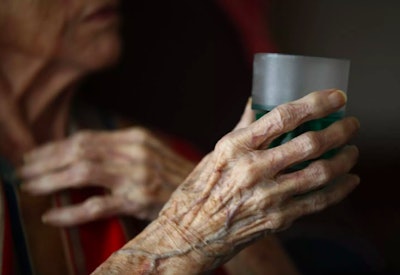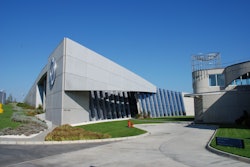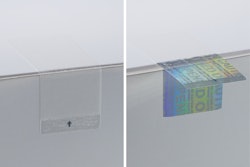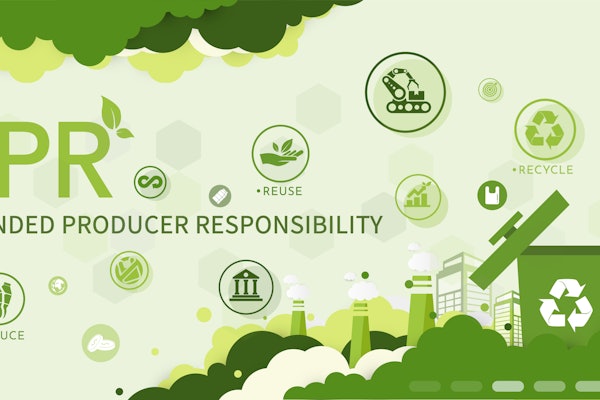
Any middle school theater makeup artist will tell you that there are essentially two ways to make a person look old: hair loss and wrinkles. According to a recent Newsweek article, scientists at University of Alabama at Birmingham have discovered a way to reverse these processes in mice by deactivating the mutation that causes them. 90% of a cell’s chemical energy is created and supplied by the mitochondria, and when that function declines many symptoms emerge, including wrinkles and hair loss, but diseases like cancer, diabetes, and neurological disorders.
The scientists activated the declining mitochondrial function mutation in mice and watched them age rapidly. When they turned the mutation off, the skin wrinkling and hair loss reversed, and the mice retained their original appearance as the mitochondrial function returned. Humans are still far from having access to this process, but hopefully it’ll be available by the time we’re old, wrinkled, and bald.





















